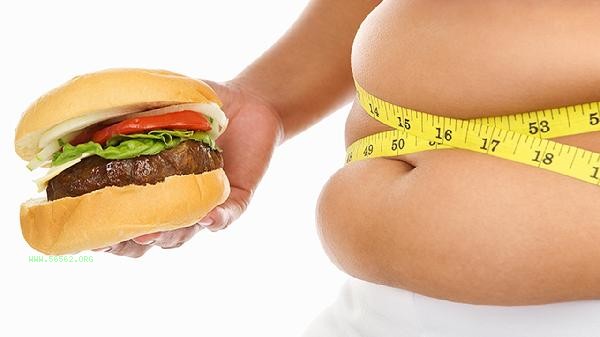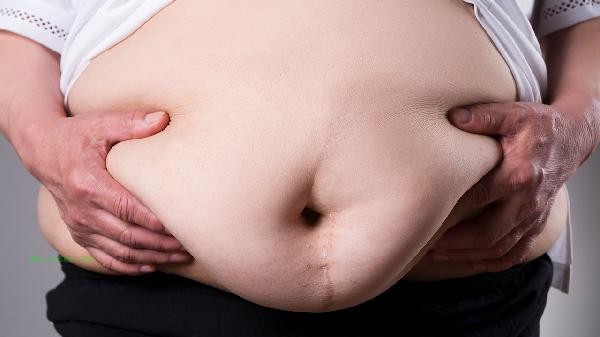constipation caused by dieting can be improved by adjusting dietary structure, replenishing water, increasing exercise, establishing bowel habits, and short-term use of laxatives. Mainly related to factors such as insufficient dietary fiber, slowed intestinal peristalsis, and decreased metabolic rate.

1. Increase dietary fiber:
Daily intake of 25-30 grams of dietary fiber can promote intestinal peristalsis. Recommend consuming foods rich in insoluble fiber such as oats, sweet potatoes, celery, etc., paired with soluble fiber sources such as apples and bananas. Fiber intake should be gradually increased to avoid bloating caused by excessive intake in the short term.
2. Ensure water intake:
Drinking 1.5-2 liters of warm water daily, and drinking 300 milliliters of warm water on an empty stomach in the morning can stimulate gastrointestinal reflexes. Lack of water can lead to dry and hard feces, especially during high fiber diets, it is necessary to increase water intake simultaneously. It is recommended to maintain a water to fiber ratio of 1:1 grams per milliliter.
3. Activate intestinal motility:

Perform 30 minutes of aerobic exercise such as brisk walking and skipping rope every day, combined with clockwise abdominal massage. Exercise can promote colon peristalsis through changes in body position and visceral vibrations. Abdominal massage can follow the "back" shaped path and perform circular compressions around the navel.
4. Fixed defecation time:
Choose to cultivate defecation reflex within 2 hours after waking up in the morning or after meals, and maintain a squatting position for 3-5 minutes even if there is no urge to defecate. The activity of the human colon is most active in the morning, and the gastrocolic reflex can be used to attempt defecation after breakfast. Long term persistence can rebuild the biological clock.
5. Short term medication assistance:
Under the guidance of a doctor, osmotic laxatives such as lactulose and polyethylene glycol can be used for a short period of time. Avoid long-term dependence on stimulant laxatives, monitor electrolyte balance during medication, and gradually stop taking medication and switch to dietary regulation after symptoms improve.

During the recovery period, it is recommended to adopt a "three-stage diet": initially, liquid and semi liquid foods should be the main focus, gradually increasing cooked vegetables and coarse grains, and transitioning to a normal balanced diet in the later stage. Cooperate with 10 minutes of daily anal exercises to enhance pelvic floor muscle strength and avoid sitting for more than 1 hour. Recording daily bowel movements and dietary habits can help observe the progress of improvement. If there is no relief or abdominal pain or bloody stool after more than two weeks, it is necessary to seek medical attention promptly to investigate organic lesions. Maintaining patience is key, and the recovery of intestinal function usually takes 4-6 weeks.



Comments (0)
Leave a Comment
No comments yet
Be the first to share your thoughts!